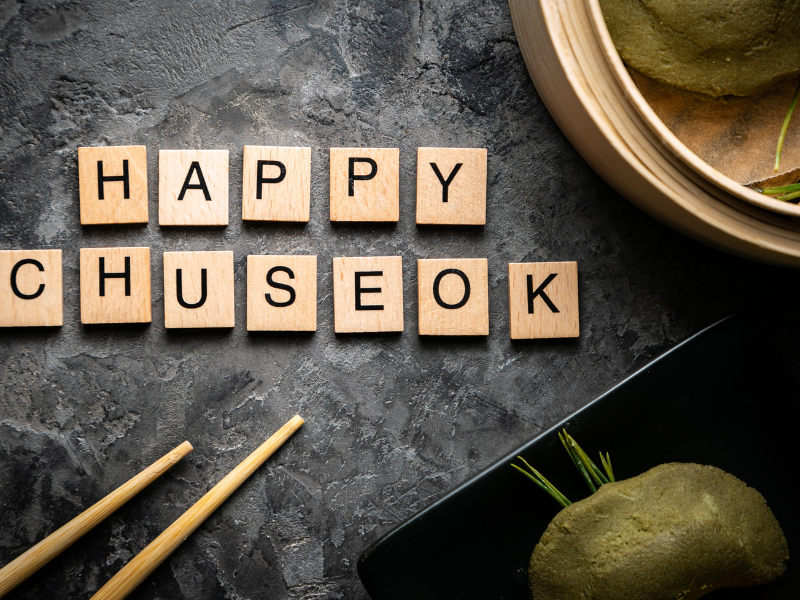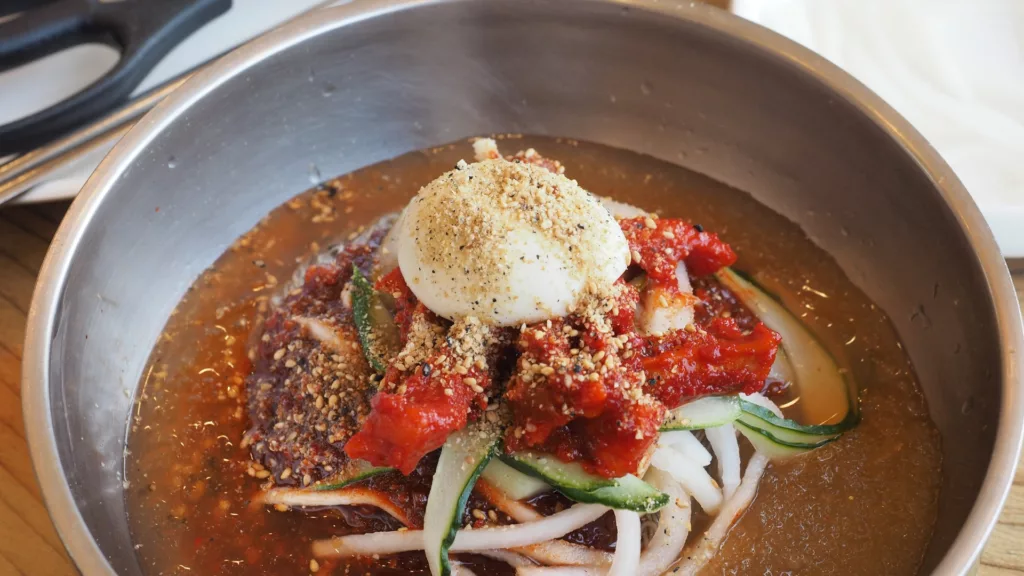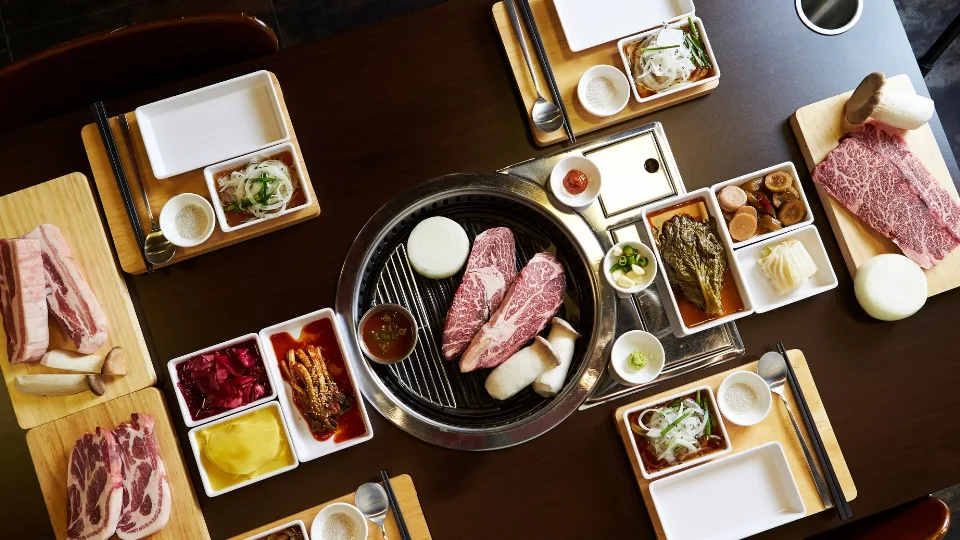Chuseok, celebrated on the 15th day of the 8th lunar month, holds a significance akin to Thanksgiving. This festival is a time when Koreans express gratitude to their ancestors and nature for the harvest. One of the main features of this celebration is the elaborate spread of traditional Korean foods. Let’s explore some of these exquisite Chuseok foods and their rich histories.
Songpyeon(송편): A Sweet Rice Cake of Harvest
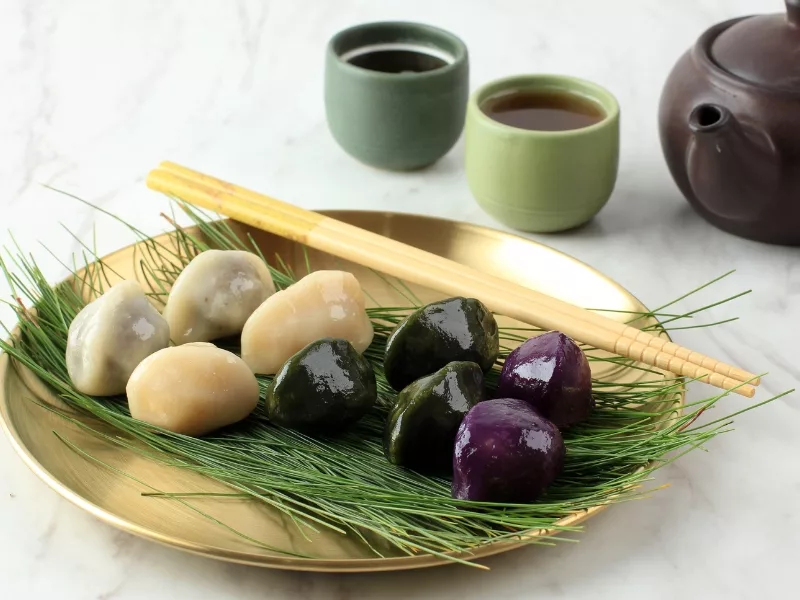
Songpyeon is a traditional Korean rice cake made by steaming half-moon shaped rice cakes filled with ingredients like sesame seeds, beans, and red beans on top of pine needles. Rice is a staple food in Korea, and various rice cake dishes like Tteokguk and Tteokbokki serve as main courses or desserts like Injeolmi and Hwajeon. Specifically, during Chuseok, Songpyeon is made to express gratitude to the ancestors and heaven for the year’s harvest.
Galbijjim(갈비찜): The Korean Meat Delight
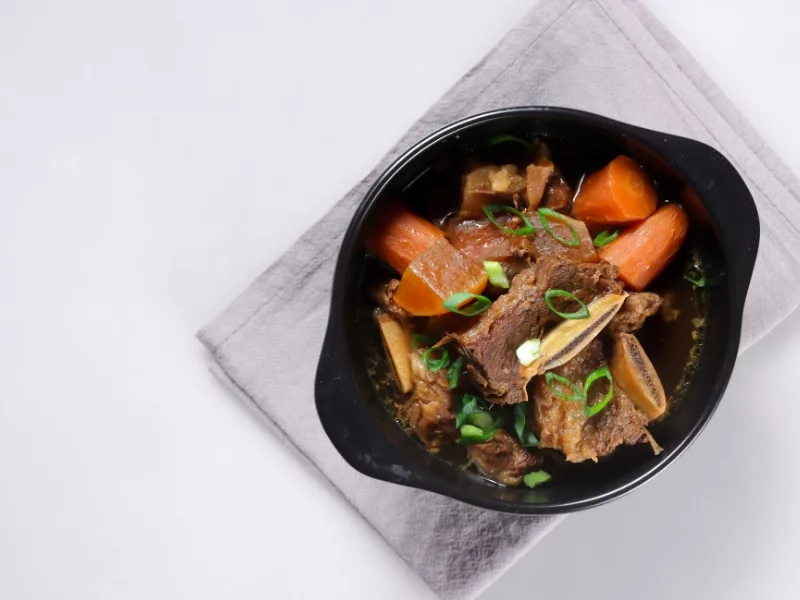
Galbijjim is a dish made by marinating beef or pork ribs in soy sauce and cooking them until they are both salty and sweet. Depending on the region and family tradition, some also add red chili pepper paste and chili powder for a spicy kick. The ribs are from the back bone and muscular section of cows or pigs, known for being rich in flavor. You can intensify the flavor by making crosswise cuts into the meat, ensuring that the seasoning permeates well. Galbijjim pairs excellently with rice and can be an appetizer for alcohol as well.
Jeon(전): The Korean Pan-fried Delights
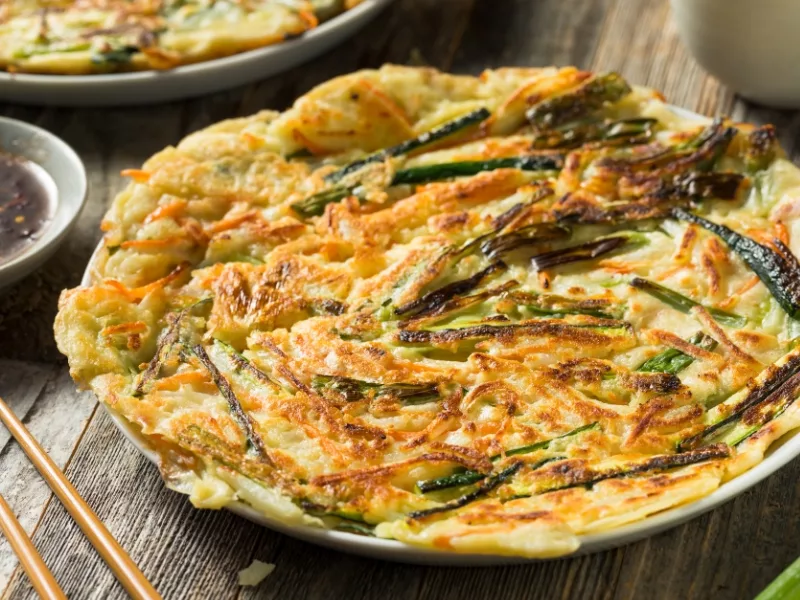
Jeon refers to a variety of foods pan-fried in oil after being coated with flour and beaten egg. This cooking style is very common in Korean cuisine and includes seafood, meat, and vegetables. It’s a versatile dish that can be served at various occasions. Depending on the ingredient, it could be called by different names like Gajijeon (eggplant), Gamjajeon (potato), or Yukjeon (meat).
Japchae(잡채): The Stir-fried Noodle Classic
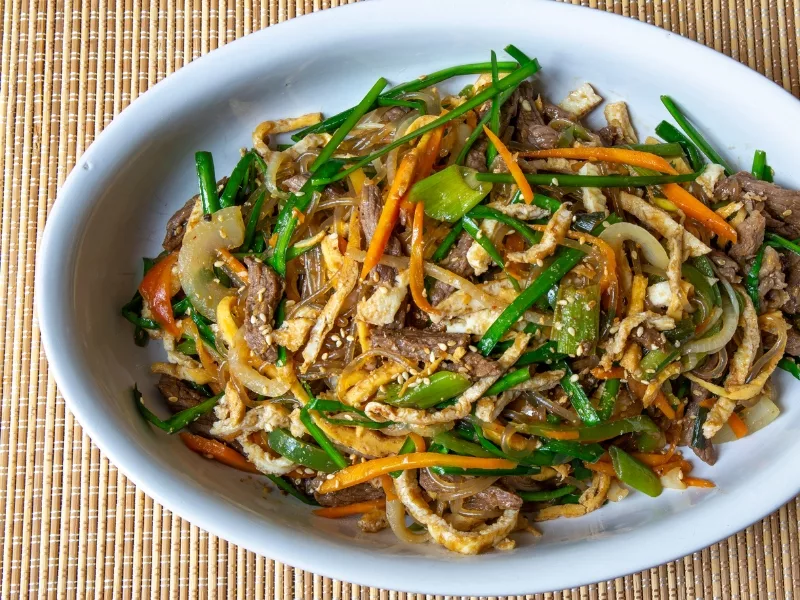
Japchae is a beloved Korean dish consisting of glass noodles, meat, and a variety of vegetables, all stir-fried together. This dish, which was first introduced during the 17th-century reign of King Gwanghae, has retained its prestige and is served at various ceremonial occasions like weddings and birthdays. Foreigners also enjoy Japchae alongside dishes like Bulgogi and Bibimbap.
Sikhye(식혜): A Sweet Traditional Beverage
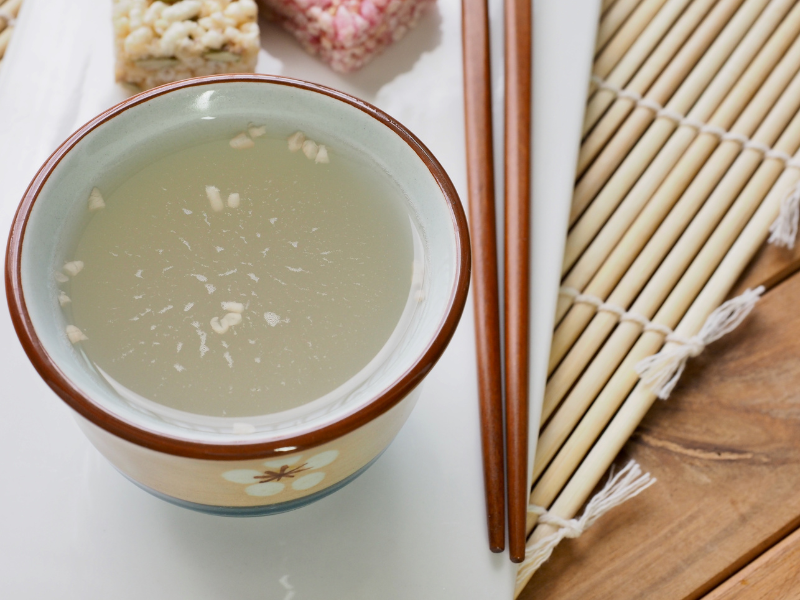
Sikhye is a traditional Korean beverage made by fermenting rice in malt water. Once the rice floats due to fermentation, sugar or honey is added, and the mixture is boiled and chilled before serving. Optionally, ginger or citron juice can be added for an additional layer of flavor. Sikhye is a perfect digestive aid when consumed after a hearty meal.
Toran Soup(토란국): A Clear Soup for the Festival
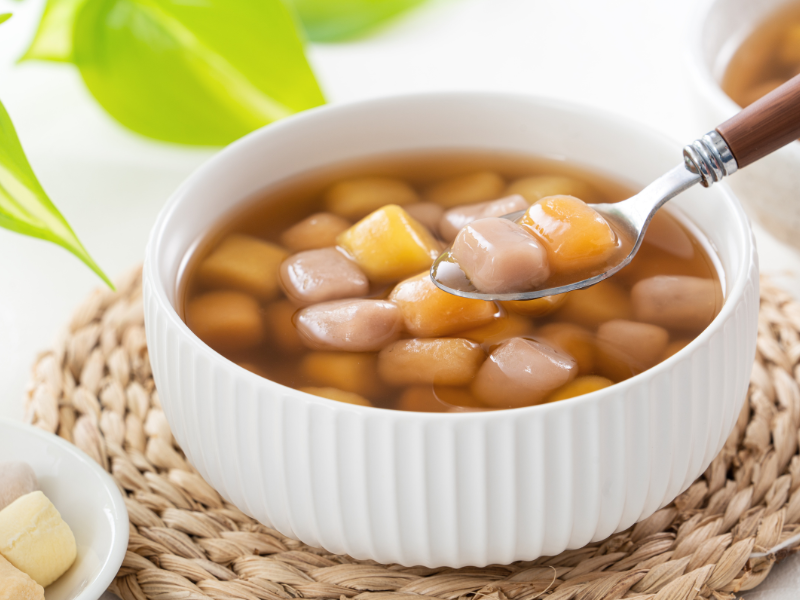
Toran Soup, or Torantang, is a clear broth with toran (a type of root vegetable) added for flavor. This dish is not just a regular Chuseok dish but also served in Korean royal cuisine. After boiling toran in hot water, it is added to a clear beef broth made with finely chopped beef and seaweed. Sometimes, chicken can also be added for more flavor.
Conclusion
Chuseok provides an exceptional experience of Korean culture and culinary traditions. From the savory Galbijjim to the sweet Sikhye, the variety and depth of flavors make the festival unforgettable. Happy Chuseok, everyone!

